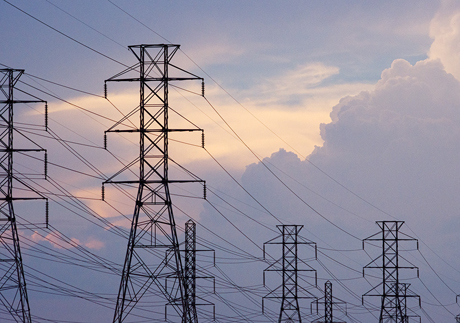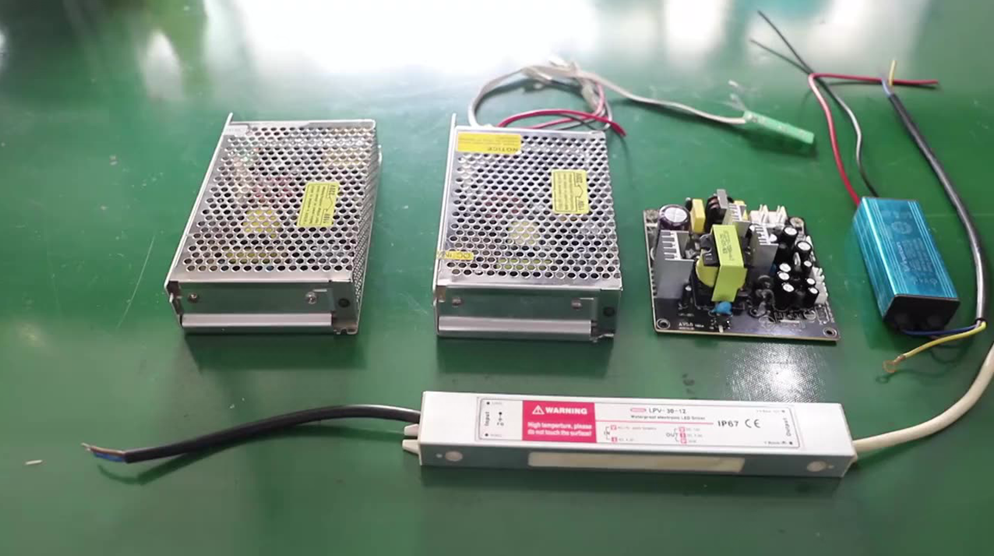nyheder
Creating an AC-DC Converter: A Guide to Converting Alternating Current to Direct Current
Author: ZYG Power Module Time: 2023-4-12
If you work with electronics, you may find yourself needing to convert AC (alternating current) to DC (direct current) at some point. This can be done with a simple AC-DC converter circuit. In this guide, we walk you through the process of creating your own converter circuit.
First things first, let\ explain the difference between AC and DC. Alternating current is the kind of electricity that comes out of your wall socket. It oscillates back and forth, changing direction 50 or 60 times per second. Direct current, on the other hand, flows in one direction only. Most electronic devices require DC to function.
To create an AC-DC converter, you need a few basic components. These include a transformer, a diode bridge, and some capacitors. Let take a closer look at each of these.
The transformer is the first component in the circuit. Its job is to step down the voltage of the AC input to a lower level that can be handled by the diode bridge. The transformer consists of two coils of wire wound around an iron core. The input AC voltage is applied to one coil, while the output DC voltage is taken from the other coil.

The diode bridge is the second component in the circuit. It consists of four diodes arranged in a bridge configuration. The diodes allow current to flow in only one direction, effectively converting the AC input to DC output.
The capacitors are the final components in the circuit. They work to smooth out the DC output, removing any remaining AC ripple. Two capacitors are used in the circuit: a large electrolytic capacitor and a smaller ceramic capacitor.
Now that we understand the components, let take a look at the circuit diagram.
As you can see, the transformer is connected to the AC input, while the diode bridge and capacitors are connected to the DC output. The large electrolytic capacitor is connected in parallel to the DC output to smooth out the output voltage. The smaller ceramic capacitor is connected in parallel to the large capacitor to filter out any high frequency noise.
When you assembled the circuit, you can test it by connecting a voltmeter to the DC output. You should get a voltage that is slightly less than the voltage of the AC input. For example, if your AC input is 120 volts, your DC output should be around 110 volts.
In conclusion, creating an AC-DC converter is a simple process that can be accomplished with a few basic components. By following the steps outlined in this guide, you should be able to create your own converter circuit with ease.

Tidligere: Fremtiden for AC-DC-konverterfabrikker: Trends og teknologier at se
Næste: Title: Understanding AC-DC Converters: A Beginner Guide
relevant information
-
2023-8-10
SF Series: The Ultimate AC DC Power Supply
In today's rapidly advancing technological world, a reliable and efficient power supply is crucial for the proper functioning of various electronic devices. AC DC power supplies have become an indispensable component in industries ranging from telecommunications to aerospace. Among the many options available, the SF Series stands out as the ultimate AC DC power supply, offering unparalleled performance and versatility. The SF Series power supply is a result of years of research and development by a team of experienced engineers. It combines cutting-edge technology with innovative design to deliver a power supply that meets the demands of even the most complex applications. With a wide input voltage range and multiple output options, the SF Series can adapt to various power...
Se detaljer -
2023-4-19
Building a 120V AC Power Supply for 3V DC Output
Introduction: In this tutorial, we will learn how to build a 120V AC power supply that outputs 3V DC. This is a simple project that can be completed by anyone with basic knowledge of electronics. The power supply can be used to power small electronic projects, such as LED lights or small motors. Let\'s get started! Materials Required: - 120V AC power source - Transformer (120V AC to 3V AC) - Bridge rectifier (1N4007) - Capacitor (1000uF, 16V) - Voltage regulator (LM7805) - Heat sink - Resistor (220 ohm) - LED - Breadboard - Jumper wires Instructions: Step 1: Connect the Transformer Connect the primary side of the transformer to the 120V AC power source. The secondary side of the...
Se detaljer -
2024-2-18
Precision Power: A Deep Dive into DC-DC Power Supply Module Efficiency
In the dynamic realm of electronics, power supply modules play a pivotal role in ensuring devices receive a stable and regulated power input. Among these, DC-DC power supply modules stand out for their versatility and efficiency. This article takes a comprehensive look into the efficiency aspects of DC-DC power supply modules, exploring the technology that underlies their precision and reliability. Understanding DC-DC Power Supply Modules: DC-DC power supply modules are electronic devices designed to convert one direct current (DC) voltage to another. This capability is crucial in various applications where a consistent and specific voltage is required, such as in portable electronic devices, automotive systems, and renewable energy setups. Unlike traditional linear regulators, DC-DC converters efficiently regulate voltage by utilizing...
Se detaljer -
2023-5-21
Efficient AC to DC Converter for LED Lighting: Converting 12V Power Supply
The increasing popularity of LED lighting has led to the need for efficient AC to DC converters that can convert 12V power supply to the required DC voltage for LED lights. This article will discuss the importance of efficient AC to DC converters for LED lighting and the factors that affect their efficiency. Efficient AC to DC converters for LED lighting are important because they help to minimize power loss and increase the overall efficiency of the lighting system. Inefficient converters can result in thermal loss, which not only wastes energy but also reduces the lifespan of the LED light source. Therefore, an efficient AC to DC converter is essential for optimizing the performance of LED lighting systems. One of...
Se detaljer -
2023-8-5
AC/DC Power Supply Module: Providing Reliable Electrical Power for Various Applications
Introduction In the modern world, reliable electrical power is essential for the smooth functioning of various applications. From electronic devices to industrial machinery, a stable power supply is crucial to ensure optimal performance and prevent damage due to voltage fluctuations. This is where the AC/DC Power Supply Module comes into play. Designed with precision and efficiency in mind, this module is a reliable solution for meeting the power requirements of diverse applications. Understanding the AC/DC Power Supply Module The AC/DC Power Supply Module is a compact electronic device that converts the alternating current (AC) power from a wall outlet into direct current (DC) power suitable for powering electronic components. It operates on the principle of electromagnetic induction and employs various...
Se detaljer -
2023-6-10
SPM Series AC DC Converter: Efficient Power Conversion for Your Applications
As technology continues to advance, one of the most crucial components powering our devices is the AC DC converter. The SPM Series AC DC converter is a prime example of modern power conversion technology, promising to deliver efficient and reliable power for various applications. The SPM Series AC DC converter is a high-performance power supply that can convert alternating current (AC) to direct current (DC). It is designed to meet the rigorous standards of industrial automation, telecommunications, and other applications that require efficient power conversion. One of the key features of the SPM Series AC DC converter is its high efficiency rating. With up to 96% efficiency, this converter significantly reduces energy loss and heat generation, leading to lower operating...
Se detaljer


















